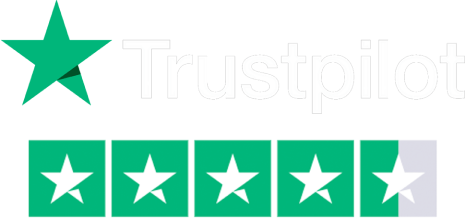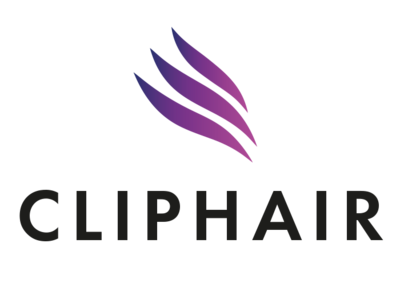No minimum spends, no contracts or hidden costs







A hyperlink, or link, allows users to travel from one webpage to another at the click of a mouse button. A link points to a specific location, usually a web address or URL. Links are an intrinsic feature of the Internet.
A link is made up of two parts; the URL of the page it will take the user to and the clickable text which appears on the source page otherwise known as the anchor text.
When viewed in HTML a link looks like this:
<a href=”https://getblogged.net/“>Get Blogged</a>
You can see the first section (pink) shows where the user will be taken, and the second part (blue) is the anchor text which the user will click on.
Anchor text is important, not only because it gives the user something to physically click on but the words that make up the anchor text help search engines understand what the target webpage is about, adding relevance. Ideally the links pointing to your site will include your brand name and/or refer to your products.
For example, if your company is called Awesome Shoes you would want the anchor text of the links pointing to your site to include “Awesome Shoes” and/or be relevant to shoes that you sell, such as “awesome sneakers.”

A no-follow link is a link that includes a relevancy tag (in yellow below) in the html that informs search engines such as Google to ignore that link and not consider it a vote of confidence for the page the link points to.
When viewed in HTML a link looks like this:
https://getblogged.net/” rel=”nofollow”>Get Blogged
Although no-follow links might not be counted by search engines (although this is a debated topic) and might not help your website rank higher in results pages, they are still useful for gaining traffic to your site because users can still click on them.
Links coming into your website from other third party websites are among the important factors for where your website appears in search engine results pages. You can think of an incoming link from another site as a vote of confidence in your website.
The more votes you have the more authoritative you appear. The more authoritative you appear, the more likely search engines like Google will want to place you high in search results because it is likely that your authoritative site will be able to answer the searchers question and Google wants to provide the best answers for their users. The higher you appear in search engine results pages the more likely you are to attract clicks from potential customers and make more sales.
You might be tempted to go out there and build lots and lots of links. However, both the number and quality of these links is important. Not all links are equal – a link coming from a quality, authoritative site is worth more than a link from a little known, lower quality website. In fact, building links on low quality sites may make your site appear lower quality too! If you’re looking to grow the strength of your business and domain, you need to invest in the right kind of backlinks.
It is common practice to partner with bloggers to produce engaging, relevant content including links back to your website.

A backlink profile is the name given to all the links pointing to a website. There are a number of important factors to consider when reviewing the landscape of your backlink profile.
These include:
When you are link building it might be tempting to go full steam ahead without considering the above points. However, consider that search engines like to see a natural looking backlink profile which means links to your site should be varied and not focus too much on any one element.
A natural backlink profile is one that follows a bayesian curve; it includes a few lower quality links, more medium quality links and then fewer high quality links. This is because in general lower quality links should be avoided and the higher quality links should be harder to get. The middle ground is where you want to focus on achieving the majority of your links in order to appear natural.
It’s a common mistake for link builders to focus on achieving links only on websites with high metrics, for example Domain Authority 50+ however, if the majority of your back links were from this type of site it would be obvious to Google that you had been building links in an attempt to manipulate their search page rankings.
Unfortunately there’s no simple answer for this question. There are a lot of elements which have to be considered; to name a few:
Not forgetting that you would need to check all of these elements for your competitors to evaluate where you need to make improvements to achieve an edge over them.
On our blog you can find a guide to calculating how many links you may need to get your website ranking, where we go into more detail and offer some handy free resources.
There are many benefits of undertaking blogger outreach including potential increase in traffic and sales, the opportunity to distribute key messaging and promote product launches, increasing visibility across social media channels, cultivating positive connections with influencers and building new links to your website.
In basic terms blogger outreach involves connecting with bloggers and partnering with them on mutually beneficial collaborations in order to achieve your set targets. Visit our page on blogger outreach for a full rundown of what it is, what you can achieve, what it costs and how to go about doing it.